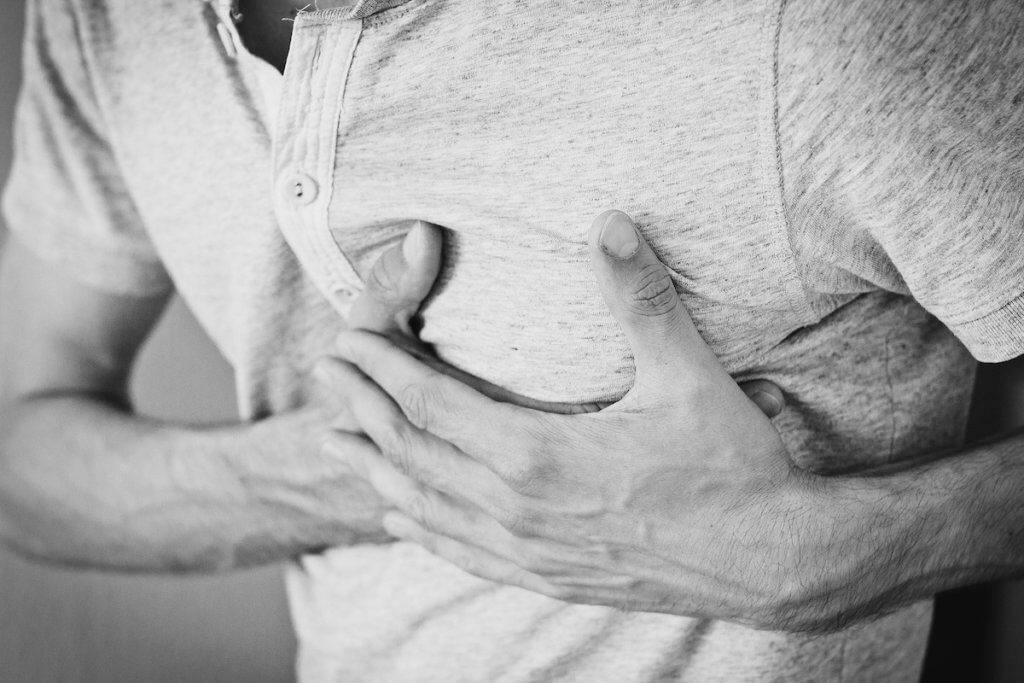What Is Pulmonary Edema?
Pulmonary edema is a dangerous condition – and can be fatal if not treated quickly. Small air sacs in the lungs, called alveoli, are normally filled with air, allowing us to breathe. In the case of pulmonary edema, these alveoli begin to fill with fluid, making breathing increasingly difficult as the lungs struggle to get enough oxygen. High altitude pulmonary edema (HAPE) can onset while visiting or exercising at a high altitude.
What are the Symptoms and Causes of Pulmonary Edema?
Having healthy fun in the mighty peaks, trails and slopes of the Roaring Fork Valley starts with understanding how your body might react to visiting a higher altitude. If you’re planning a trip to the mountains, it’s good to educate yourself on how to prepare your body to be at higher elevations as well as the warning signs and symptoms of this disease.

What causes Pulmonary Edema?
Most commonly, heart problems or conditions that put extra pressure on the heart and lungs cause pulmonary edema. This is called cardiogenic. The second category of pulmonary edema is noncardiogenic, which means the cause is not related to the heart, but potentially by trauma or another external factor, such as altitude. Sometimes, both a heart condition and external factors can contribute to the onset of the disease.
Heart and lung conditions that can cause Pulmonary Edema:
- Damaged heart valve
- Pneumonia
- Heart attack
- Congestive heart failure
- Lung disease or lung damage
External factors that can cause Pulmonary Edema:
- High altitude
- Inhaling toxins
- Trauma
- Near drowning
Common Pulmonary Edema Symptoms:
- Difficulty breathing
- Shortness of breath
- Wheezing
- Heart palpitations (rapid, irregular heartbeat)
- Swelling in the legs or feet
- Breathlessness or feeling like you’re suffocating or drowning
- New or worsening cough
What are the symptoms of high altitude Pulmonary Edema?
Symptoms of HAPE closely mirror those of sudden or chronic pulmonary edema, but they’re important to note and monitor when you’re out and about in the high mountains.
- A headache, which can be the first symptom
- Rapid heartbeat (tachycardia)
- Dry cough
- Fatigue or decreased ability to exercise
- Chest pain
- Low-grade fever
- Shortness of breath with activity
- Weakness
What should I do if I think I have Pulmonary Edema or HAPE?
If you think you have pulmonary edema, it’s best to seek medical attention as soon as possible. The faster the disease is treated, the better the outcome will most likely be. If you’re exercising in the mountains and believe you’re developing symptoms of HAPE, descend as soon as possible. Getting to a lower altitude can help. Those suffering from pulmonary edema are typically put on oxygen and often given a chest x-ray. Additional diagnostics and treatments include an EKG, which records the strength of the heart’s signal, echocardiogram, ultrasound of the lungs, blood tests, morphine, blood pressure drugs and diuretics.
What can I do to help prevent Pulmonary Edema?
Many lifestyle choices can help prevent and manage pulmonary edema. A wholesome plant-based diet can help keep blood pressure low, which in turn contributes to heart health. Avoid smoking and alcohol and try to minimize your salt intake.
If you’re planning a trip to altitude, or live in the mountains and are looking to explore those soaring peaks, make sure to take proper precautions to help avoid HAPE. Living at altitude can contribute to our long-term health and wellness, but it also requires a deeper understanding of the environment around us.
- When heading into the mountains, ascend slowly. This helps your body properly acclimate and adjust. Many experts and mountaineering guides recommend climbing no more than 1,000 – 1,200 feet per day above 8,200 feet.
- Drink plenty of water. Staying hydrated is always a good idea.
- Take an appropriate amount of food.
We love our time in the mountains, especially in the Rockies of the Roaring Fork Valley. If you’re concerned about pre-existing conditions that might contribute to enjoying your time at altitude, or you want to be as prepared as possible, talk with our Pulmonology Specialist to learn more.

